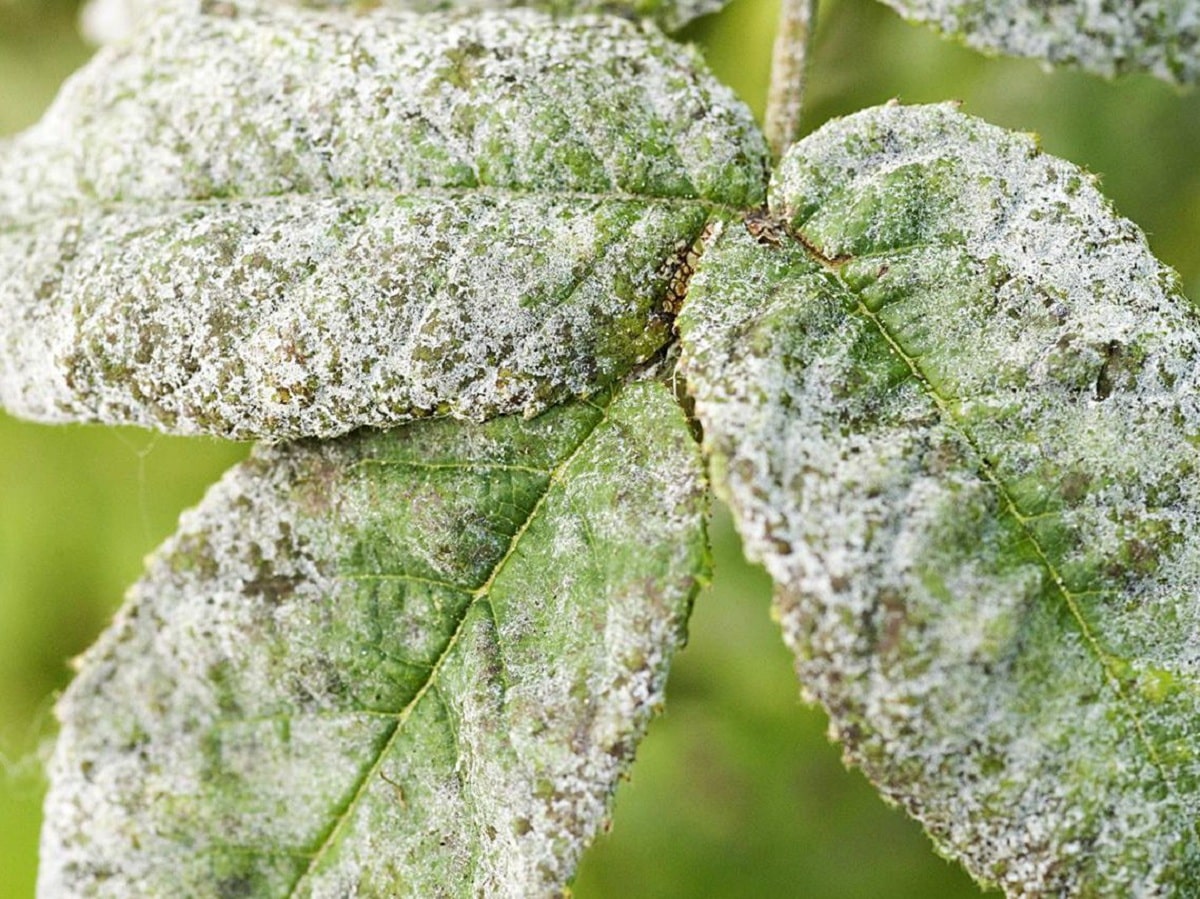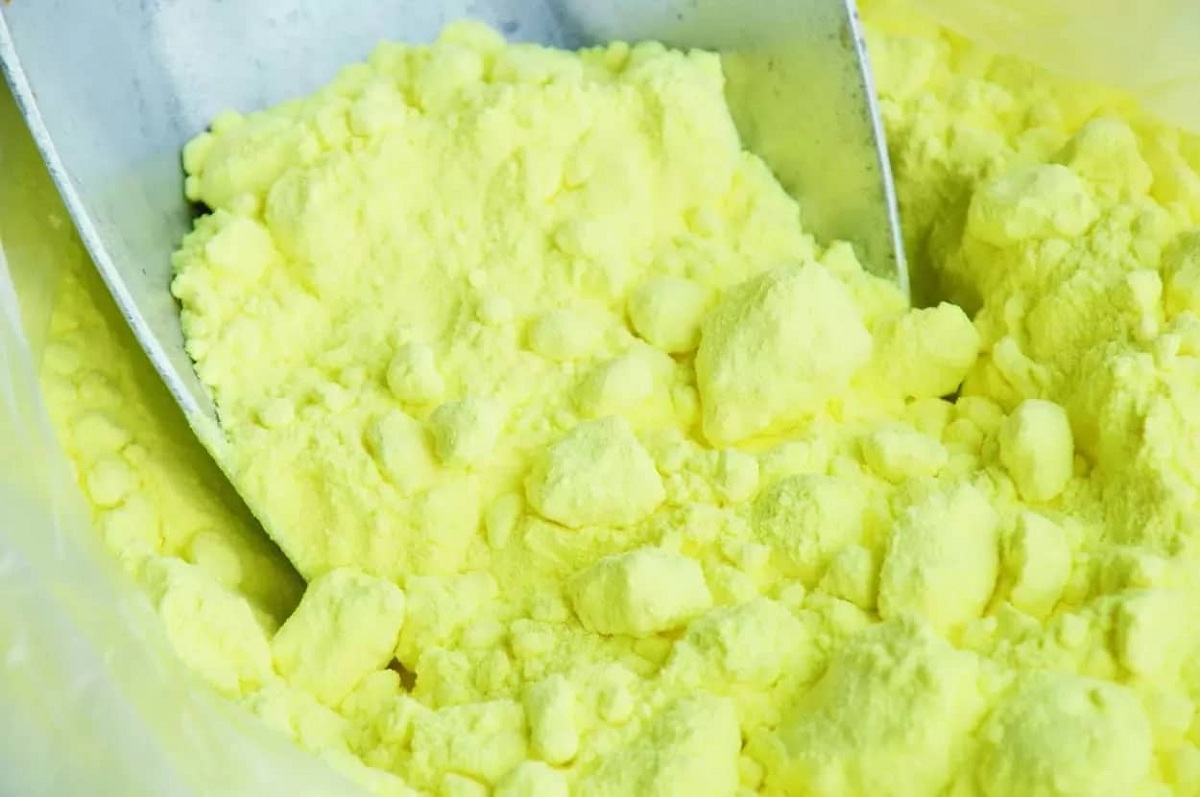
We know that most of the plants that we plant in the garden can be attacked by pests and diseases. One of the most well-known and frequent diseases in this world is powdery mildew. There are numerous ways to combat this disease, but today we are going to focus on which are the best home remedies against powdery mildew.
If you want to know more about the best home remedies against powdery mildew, stay and read the full post because we are going to explain it to you in detail.
What is powdery mildew and how is it identified?

As we pointed out before, powdery mildew in plants is a disease caused by a fungus that gives the leaves an appearance of white powder. They are fungi that are responsible for weakening the plant.
The main cause of plant powdery mildew is a combination of factors that favor the appearance of fungi. Specific, powdery mildew occurs in gardens and orchards with too much humidity, little ventilation and insufficient natural light and, as we will see later, the genetics of the plants can also affect their health when infected by these fungi. If left unchecked, this problem can end up destroying an entire garden or orchard, so you need to know how to recognize, treat and prevent it. Keep in mind the following tips for the prevention of powdery mildew and fungicides.
We can recognize it because a layer of whitish cotton is created in the shape of a star. This can cover leaves, fruit and branches. Usually, in the later stage, the leaves turn yellow and dry. Gradually the plants weaken and eventually die. We can also identify the fungus as it produces twisted leaves, misshapen buds and lack of flowering.
Most of the time, its appearance is caused by excess nitrogen fertilizer, low light conditions, excess humidity due to sprinkler irrigation or prolonged rainfall at temperatures between 10º and 20ºC, abuse of chemical treatments, or a combination of these reasons. Its spread is favored by cuts and wounds.
Home remedies against powdery mildew

In this section we tell you how to get rid of powdery mildew on plants naturally with the best home remedies based on natural fungicides. Learn which are the most suitable, how to prepare them and how to apply them.
Pulp or decoction of horsetail
Another option that we recommend if you are wondering how to combat powdery mildew with home remedies is horsetail. It is a plant used in many remedies, among its properties we find antifungal or fungicidal, so it helps to put an end to this fungal problem in plants. You can buy a concentrated extract of this plant and dilute it in water and spray it on the plants you want to treat, but you can also make a decoction or mush and spray it.
Infusions or decoctions have a lower load and are used at the time of preparation, while porridges take days to prepare but are more concentrated and effective than infusions. It may be convenient to make a decoction or infusion to start the treatment, but it is recommended to prepare a porridge and apply an immersion treatment to treat severe cases of this infestation, and can even be used later as a preventive method for many pests. You can make an infusion of one liter first, let the horsetail boil for 10 minutes, stand for 10 minutes and then spray on the affected leaves.
Other plants such as sage, tomato leaves, and nettle are equally effective against powdery mildew and other pests, including fungi and insects, and you must follow the same procedures to use them.
garlic infusion
Garlic is undoubtedly one of the most used foods, as a home remedy for countless problems, in fact it is widely used as a domestic fungicide. It has antibacterial, antiseptic, antifungal, antibacterial properties and others, so it provides a very complete treatment for both treatment and prevention.
To use it against this fungal disease in plants, you should infuse the necessary amount of garlic, depending on the size of your garden or orchard, or if you only need to treat one type of plant. We tell you how to prepare it for a liter that will allow you to work with a variety of plants.
Boil a liter of water, and when it starts to boil, add the previously crushed garlic cloves. Add 10-30 cloves of garlic for a powerful healing effect. Let it boil for 5 minutes or a little more, not 10 minutes, then cover the infusion and turn off the heat for 10 minutes. Strain the brew to remove any residue, and pour the liquid into a large spray bottle. Ahour you can spray the plants damaged by fungus once a day until you see them disappear.
Sulfur and copper

Both sulfur and copper sulfate are very effective fungicides, but care must be taken when handling them so as not to exceed dosages as they can be detrimental to plants and soil in this case. Get powdered or liquid copper sulfate or sulfur, but don't use them together. Add the powder to the leaves and soil in the amount indicated on the container or as directed by a garden specialist. If you use a liquid, you can apply it with a spray. Try to wear gloves, goggles, and a mask, especially if you're going to be using a lot, as you'll be dealing with an entire garden or orchard.
Baking soda as a home remedy against powdery mildew
Sodium bicarbonate is one of the best homemade and natural fungicides because this mineral has great antifungal, antibacterial, antiseptic properties and more.
To use it in situations where you want to combat powdery mildew, this product should be mixed with a vegetable oil (such as olive oil) and water. Fill a large spray bottle with 1 liter of water, 2-3 tablespoons of baking soda (depending on whether you fill them or place them horizontally), and 2 tablespoons of oil. After mixing well before use, spray all affected plants, focusing on the parts where you see the most powdery mildew. If you only need to deal with small plants, reduce the number by the same amount.
I hope that with this information you can learn more about home remedies against powdery mildew and how to eliminate it.